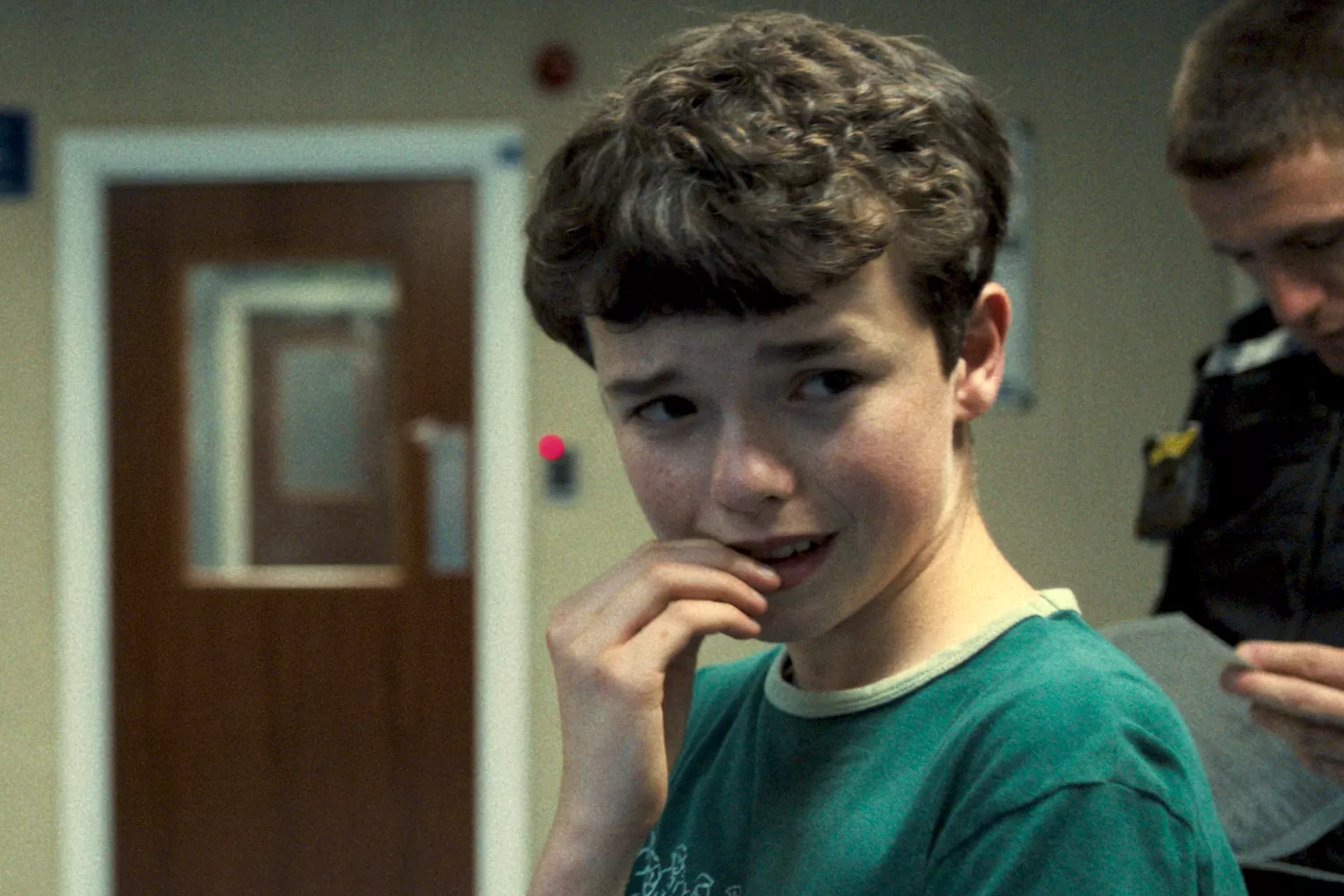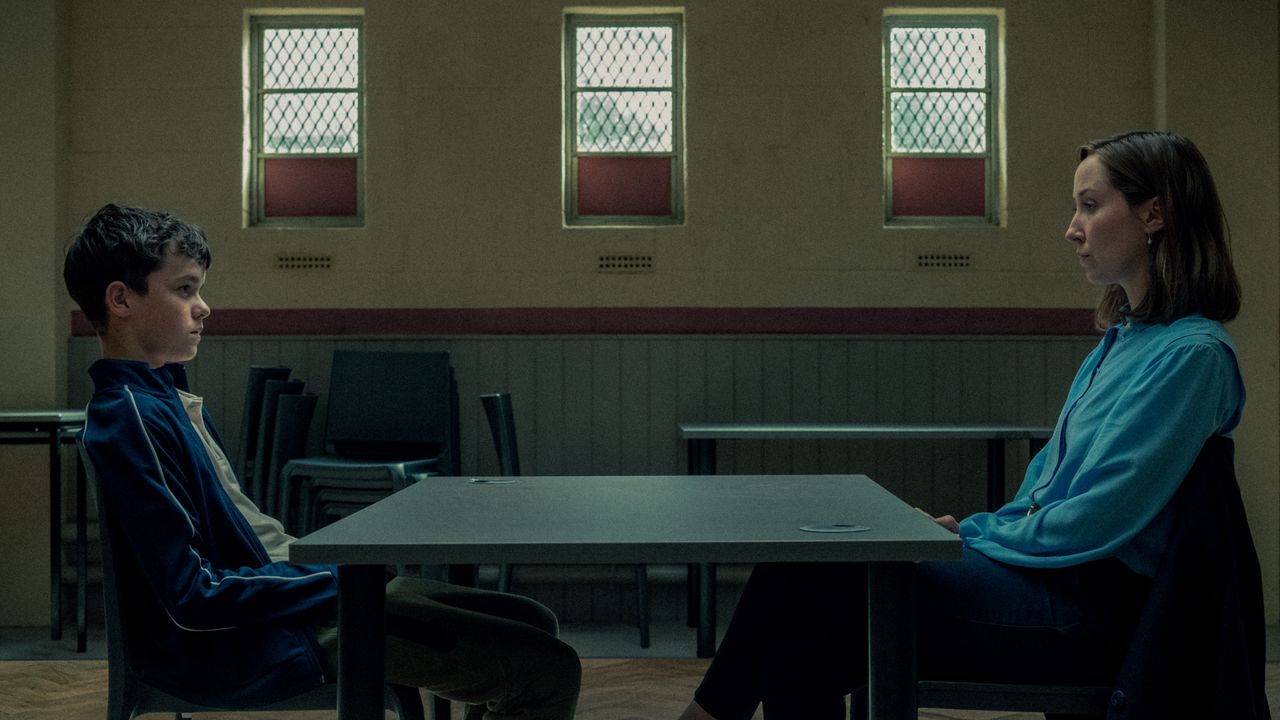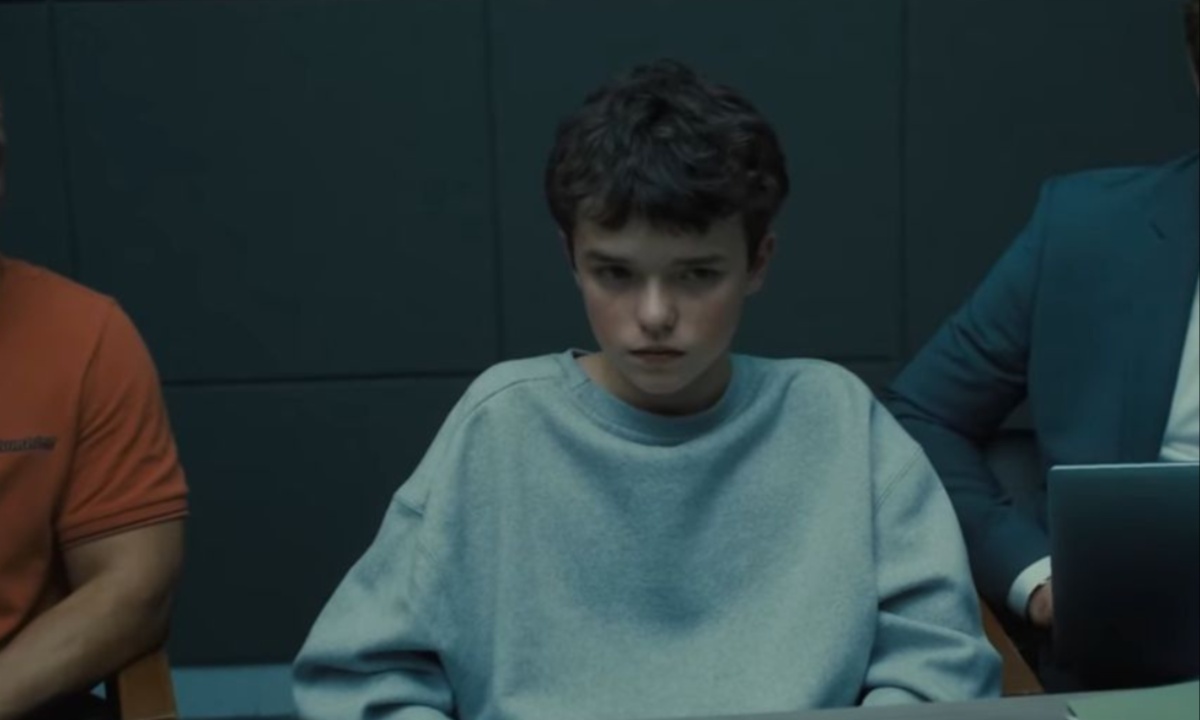Adolescence is a gripping Netflix drama centered on a 13-year-old boy, Jamie Miller, who is accused of murdering his classmate, Katie Leonard. The four-episode series, released on March 13, is uniquely filmed in a single-shot format, intensifying the emotional weight and realism of the story.
The plot unfolds across a year, focusing on Jamie’s arrest, investigation, psychological evaluation, and the impact of the case on his family and community. The show delves into the complexities of youth violence, the influence of the digital world on adolescent behavior, and the broader societal implications of Jamie’s crime.
The series is structured to provide a real-time experience, avoiding flashbacks or exposition. The first episode covers Jamie’s arrest the morning after Katie’s body is discovered, showing the immediate shock and confusion that grips his family and the police. The second episode delves into the police investigation and how Jamie’s friends and classmates react to the accusations, taking place 72 hours after the murder.
The third episode, set seven months later, focuses on Jamie’s session with a court-appointed psychologist, Briony Ariston, as she attempts to uncover his motivations and mental state. Finally, the last episode takes place 13 months after the crime, showcasing the long-term effects on Jamie’s family, particularly his father, Eddie, who struggles to come to terms with his son’s guilt. This format ensures viewers experience the case’s developments as Jamie and his family do, making the emotional weight of the story even more palpable.
Jamie’s father, Eddie Miller, played by Stephen Graham, is a central figure in the show, embodying the anguish and helplessness of a parent watching his child become a criminal. The final episode, set on Eddie’s birthday, captures his deep emotional turmoil. The day begins with Eddie opening a heartfelt, hand-drawn card from Jamie, but his pain is evident as he attempts to scrub graffiti off his van, a stark reminder of his son’s crime.
The hostility from the community is overwhelming—when a group of teenagers mocks him, Eddie reacts with aggression, chasing and grabbing one of them, reflecting his mounting frustration.
As Jamie’s call from the detention center interrupts the day, revealing his intention to change his plea to guilty, Eddie and his wife, Manda, are forced to confront the reality they had been avoiding. The episode culminates in a heartbreaking moment as Eddie enters Jamie’s empty room, clutches his teddy bear, and weeps, apologizing to his son for his perceived failures as a father.

The Dark Influence of Online Ideologies and the Tragedy of Jamie’s Downfall
Although Adolescence is not based on a specific true story, it draws inspiration from real-life knife crime incidents in the U.K. and the dangerous influence of online personalities. Co-creator Stephen Graham has spoken about his concerns regarding the effect of social media and influencers like Andrew Tate on young men. He was shocked by how quickly his own son was exposed to Tate’s content, which led him to explore the growing presence of misogynistic and violent ideologies online.
The show highlights how easily vulnerable teenagers can be radicalized through digital platforms, underscoring the dangers of unchecked online communities. By weaving these real-world concerns into the narrative, Adolescence becomes more than just a crime drama—it serves as a cautionary tale about the digital age’s impact on youth.
Jamie is revealed as Katie’s murderer, though he initially denies it. Surveillance footage confirms he stabbed her, yet he maintains his innocence until a slip-up during his session with psychologist Briony leads to an accidental confession. Jamie describes the moment in vague, detached terms, momentarily forgetting that he was supposed to be denying his involvement.
Once he realizes what he has said, he tries to backtrack, but the damage is done. His friend Ryan is also implicated, having provided Jamie with the knife used in the attack. Ryan insists he did not believe Jamie would actually use it, claiming he only wanted to intimidate Katie, but he is nevertheless charged with conspiracy to commit murder. The revelation of Jamie’s guilt is devastating for his family, who had desperately clung to the hope that he was innocent.
Unlike typical crime dramas, Adolescence avoids simplistic explanations for Jamie’s actions. He comes from a stable household, countering the stereotype of the troubled youth. The show instead explores how online misogynistic rhetoric and peer influences shaped his perception of women and relationships. Jamie’s insecurities, compounded by his social struggles, led him to consume content from toxic influencers who reinforced his resentment toward girls.
Classmates referred to him as an “incel,” or involuntarily celibate, a term associated with online communities that harbor misogynistic views. Jamie’s hatred toward Katie stemmed from a personal slight—he had asked her out after she was publicly humiliated over a leaked photo, expecting her to see him as a savior.
When she rejected him with laughter, it shattered his fragile ego. Jamie admits to Briony that he had initially planned to assault Katie but ultimately refrained, disturbingly suggesting that his restraint made him superior to other boys. This chilling justification reveals how deeply warped his worldview had become.

Justice and Redemption in Jamie’s Fate and the Complexities of Juvenile Punishment
In the final episode, Jamie tells his father he wants to plead guilty to murdering Katie, signaling his acceptance of responsibility. However, his future remains uncertain. In the U.K., juvenile offenders cannot be sent to adult prisons, so Jamie is placed in a secure training center, where he will serve his sentence.
While life sentences are mandatory for murder in the U.K., parole is possible, meaning Jamie may eventually be released under supervision. Even if he is paroled, he will be on probation for life, carrying the weight of his actions indefinitely. The legal system’s handling of juvenile offenders adds another layer of complexity to the story, raising questions about rehabilitation and accountability.
Adolescence is more than a crime drama; it is a thought-provoking exploration of youth, violence, and the digital age’s influence on teenage minds. By focusing on the psychological and social elements rather than just the crime itself, the series forces viewers to confront uncomfortable questions about modern masculinity, peer pressure, and the consequences of toxic online cultures.
It leaves audiences with a haunting message—monsters are not always born; sometimes, they are created by the world around them. Jamie’s story is a tragic reminder that the dangers facing today’s youth extend far beyond the physical realm, lurking within the screens they spend so much time staring at.



